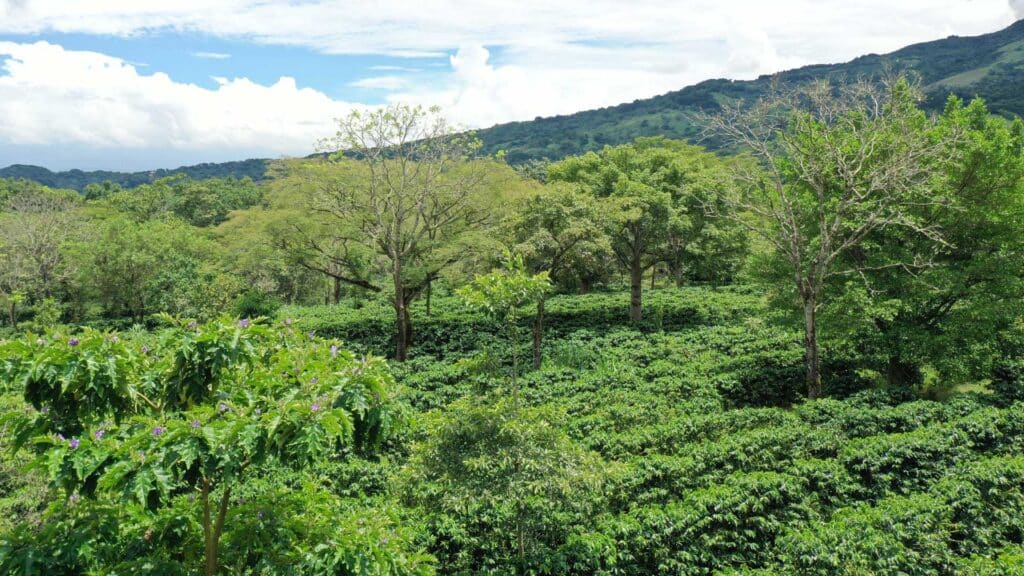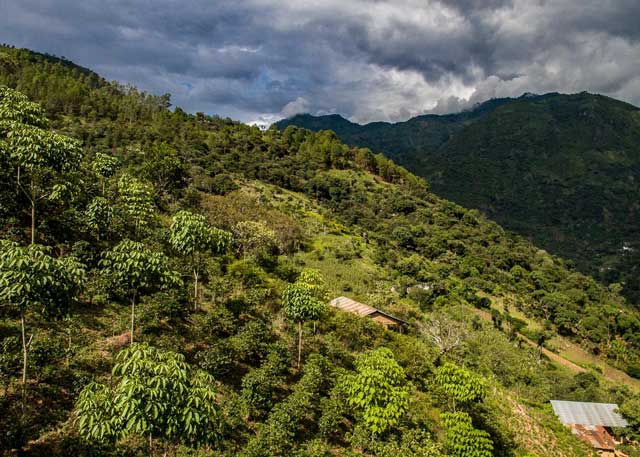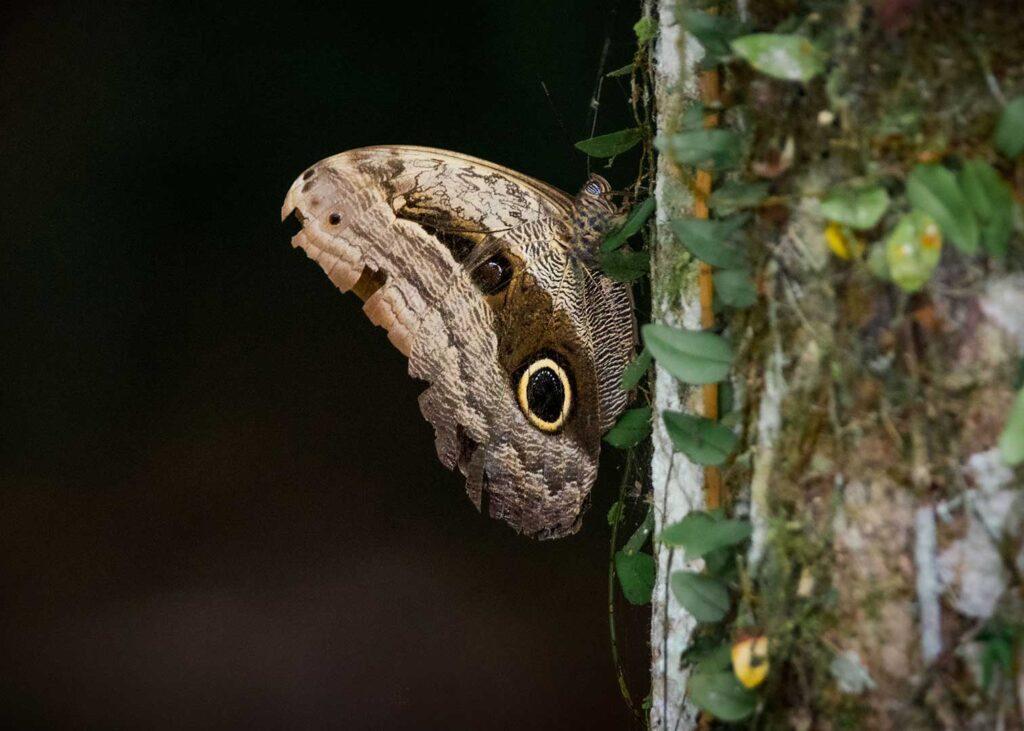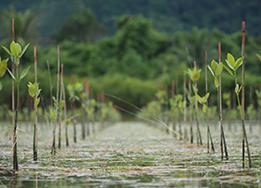HOW TO INCREASE AWARENESS & ALIGNMENT WITH LOCAL COMMUNITIES
As an impact company, PUR recognizes that to achieve sustainability in our projects, we must create alignment between environmental benefits and the livelihood needs of communities.
Importantly, this involves awareness-raising activities to highlight the major benefits of mangroves for local ecosystems, fish supply, and the safety of villages against natural disasters. Leveraging best practices for community engagement, PUR is actively developing programs on how to generate income through sustainable management of mangroves—ensuring that they are seen as a valuable natural resource to be protected for the long-term future.
Major community events, such as planting ceremonies, are designed to motivate involvement and support the permanence of project outcomes. This involves teaching youth how to sustainably harvest medicines, fruits, and bark for sale in local markets, helping to pass this unique knowledge onward through multiple generations.
In Thailand, PUR’s Thamma Raksa project—which translates to “Nature is the Remedy”—has been actively planting mangroves since 2018.
A key initiative of this project involves replanting mangroves with coastal communities, supporting and amplifying the restoration initiatives launched ten years ago by volunteer fisherfolk. Thamma Raksa aims to mitigate coastal erosion, regenerate ecosystems, enhance food security, and sequester carbon, while also improving the safety of residents from flooding during the monsoon season.
Learn more about the impact of PUR’s Thamma Raksa project in Thailand.



